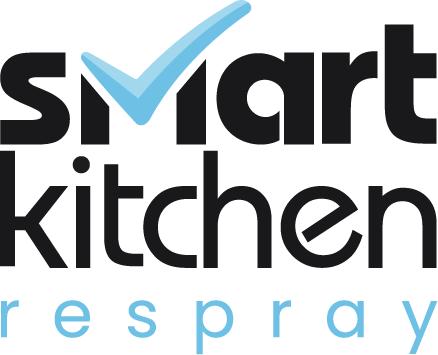If your kitchen cabinets are looking tired and dated, a kitchen respray is a great way to give them a new lease of life. It’s a much more affordable and less disruptive option than a full refit, and it can completely transform the look and feel of your kitchen.
In this guide, we’ll walk you through the entire kitchen respray process, from choosing the right paint to preparing your cabinets and achieving a professional finish. We’ll also answer some of the most common questions about kitchen respray, such as how much it costs, how long it takes, and whether you can do it yourself.
Choosing the right kitchen respray paint:
The first step is to choose the right paint for your kitchen respray. There are a number of factors to consider, such as the type of surface you’re respraying, the desired finish, and the durability of the paint. Here are a few of the most popular types of kitchen respray paint:
Solvent-based paint: Solvent-based paints are the most durable and long-lasting, but they can also be the most difficult to apply and have a strong smell.
Water-based paint: Water-based paints are easier to apply and have a lower VOC content than solvent-based paints, but they may not be as durable.
Acrylic paint: Acrylic paint is a good middle ground between solvent-based and water-based paints. It is durable and easy to clean, and it has a lower VOC content than solvent-based paints.
Preparing your kitchen cabinets:
Once you’ve chosen your paint, it’s important to prepare your kitchen cabinets properly. This will help to ensure a professional finish.
Here are a few steps involved in preparing your kitchen cabinets for respray:
- Remove all doors and hardware.
- Clean the cabinets thoroughly with a degreaser.
- Sand the cabinets lightly to create a smooth surface.
- Mask off any areas that you don’t want to be resprayed.
Applying the paint:
Once your cabinets are prepared, you’re ready to start applying the paint. Be sure to follow the instructions on the paint can carefully.
Here are a few tips for applying kitchen respray paint:
- Apply thin coats of paint, allowing each coat to dry completely before applying the next.
- Use a spray gun for a professional finish.
- Be careful not to overspray, as this can lead to drips and runs.
Finishing touches:
Once you’ve applied the paint, it’s important to add some finishing touches to protect your new finish and make your kitchen look its best.
Here are a few finishing touches for your kitchen respray:
- Apply a clear top coat to protect the paint and give your cabinets a shine.
- Reattach all doors and hardware.
- Clean up any mess and enjoy your new kitchen!
Conclusion:
Kitchen respray is a great way to give your kitchen a new lease of life without the hassle and expense of a full refit. By following the tips above, you can achieve a professional finish that will last for years to come.
